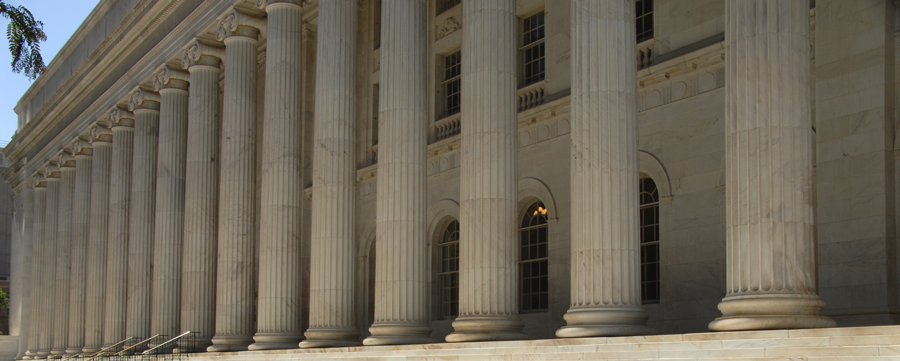Abstract
The roots of racial hierarchy in St. Louis run deep and have taken so many different forms that they require the unflinching gaze of history to understand what continues to give such enduring force to the unseen power of caste in St. Louis’s racialized present. The present Article therefore begins with a prologue reaching back more than a millennium to call attention to the region’s earliest inhabitants and the destruction of the monumental structures they left behind. Though no longer present in any physical sense, the story of these earthen mounds offers parallels illustrating the unseen power of caste that contributed to the shaping of the aptly nicknamed “Mound City” that rose on their ruins and the Bar Association whose hundredth anniversary this issue commemorates. Linking ancient and modern St. Louis provides a useful heuristic, one that testifies to the protean nature of caste and the enormous difficulties of overcoming it no matter how far separated its historical subjects are. The prologue lays the basis of the main thrust of the Article: the legal struggle against the imposition of a racialized caste system. It therefore revisits the founding of the United States and the replacement of Revolutionary idealism by an ideology of white nationhood that excluded Black Americans. Unlike the prevailing paradigm of the Antebellum Black struggle for freedom, however, which has emphasized acts of flight or rebellion or of political petitioning to change racist laws, this Article draws on recent scholarship that has revealed the way in which enslaved Blacks learned how to use the courtroom to put existing law to use and assert their rights. By moving beyond the traditional constitutional paradigm and centering the efforts of the enslaved and their lawyers, Konig examines how hundreds petitioned the Circuit Court of St. Louis County with tenaciously pursued “freedom suits” claiming that their enslavement was illegal. Half of them successfully achieved their own liberation and escaped further enslavement, but whether or not they prevailed in their lawsuits, they all achieved something of broader impact on future struggles for Black freedom. Taking advantage of what the freedom suits taught them about using the law to pursue justice, they contributed to the creation and promotion of an enduring legal consciousness of individual rights. The hundreds of petitions for freedom were heard in a trial court before white judges and juries, where they produced verdicts, not ringing judicial pronouncements, against the system of enslavement. For that reason, their efforts have remained largely unstudied and nearly invisible, their roots buried in a legal culture before Reconstruction that no longer exists. The end of slavery, however, did not mean the end of racial hierarchy, which then took new forms demanding new means of resistance. In that struggle, the experiences of suing for freedom left a robust legacy of a “rights consciousness” and familiarity with the ways that law could be an instrument of justice.
Keywords
Caste, Racial Hierarchy, St. Louis, Freedom Suits
